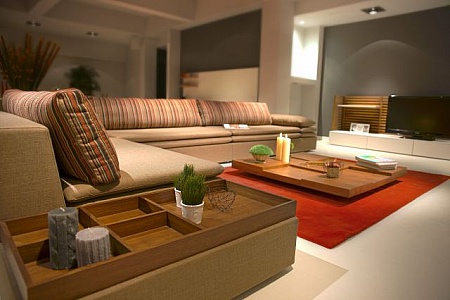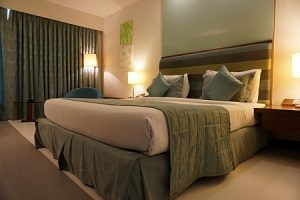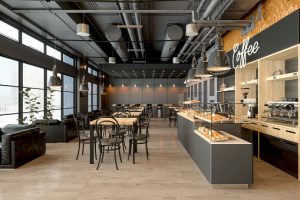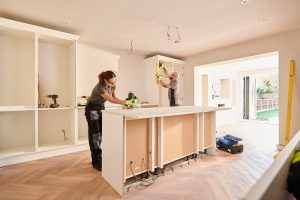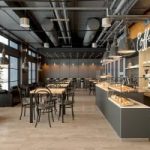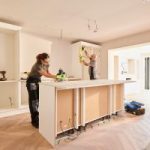Interior decor is the art of enhancing the interior of a space to achieve a healthier and more aesthetically pleasing environment for the people using it. It involves a blend of creativity, knowledge of design principles, and a deep understanding of human psychology and behavior. In recent years, interior decor has evolved significantly, moving beyond mere beautification to encompass functionality, sustainability, and personalization.
Evolution of Interior Decor
Interior decor has a rich history that spans cultures and civilizations. From the grand palaces of ancient civilizations to the minimalist designs of modern times, each era has left its mark on how we perceive and utilize interior spaces. The Industrial Revolution brought mass production of furniture and decor items, democratizing access to stylish interiors beyond the elite classes.
In the 20th century, movements like Art Deco, Bauhaus, and Modernism revolutionized interior decor by emphasizing clean lines, functionality, and the use of new materials. Post-modernism challenged these principles by reintroducing historical references and eclectic styles. Today, interior decor is characterized by a blend of these influences, with an increasing focus on sustainability and technology.
The Role of Functionality
Functionality is a cornerstone of modern interior decor. Spaces are no longer just for display but must also cater to the practical needs of their inhabitants. This includes considerations such as ergonomic furniture design, efficient use of space in smaller homes, and the integration of smart home technology. Functionality ensures that a beautifully decorated space remains usable and enhances the quality of life for its occupants.
Sustainability in Interior Decor
With growing environmental awareness, sustainability has become a crucial consideration in interior decor. Designers and homeowners alike are opting for eco-friendly materials, energy-efficient appliances, and designs that reduce waste and promote recycling. Sustainable interior decor not only minimizes environmental impact but also supports the well-being of those living in the space by creating a healthier indoor environment.
Personalization and Individuality
One of the most significant trends in contemporary interior decor is personalization. Homeowners seek to create spaces that reflect their personalities, tastes, and lifestyles. This trend has fueled a demand for custom furniture, bespoke decor items, and unique design solutions. Interior decorators play a crucial role in understanding their clients’ preferences and translating them into cohesive and personalized interior spaces.
The Psychology of Space
The psychological impact of interior spaces cannot be overstated. Colors, lighting, and spatial arrangement can influence mood, productivity, and even physical health. For example, natural light and biophilic design elements have been shown to reduce stress and improve well-being. Interior decorators leverage these insights to create harmonious and supportive environments tailored to the specific needs of their clients.
Challenges and Innovations
Like any field, interior decor faces challenges and opportunities for innovation. Rapid technological advancements have introduced new materials, lighting solutions, and virtual reality tools that enhance the design process. However, balancing tradition with innovation and maintaining timeless appeal amidst changing trends remains a challenge for designers.
The Future of Interior Decor
Looking ahead, the future of interior decor promises to be dynamic and inclusive. Trends such as sustainable design, smart home integration, and wellness-focused interiors are likely to gain momentum. As technology continues to evolve, virtual reality and artificial intelligence may revolutionize how designers conceptualize and present their ideas. Moreover, the emphasis on personalized and meaningful spaces is expected to grow, with designers increasingly acting as facilitators of individual expression.
Conclusion
In conclusion, interior decor is a multifaceted discipline that combines artistic expression with scientific principles to create spaces that are both functional and aesthetically pleasing. Its evolution from purely decorative to encompassing functionality, sustainability, and personalization reflects broader societal shifts and technological advancements. As we navigate the complexities of modern living, interior decor continues to play a vital role in shaping environments that enhance our well-being and enrich our daily lives. By embracing creativity, innovation, and a deep understanding of human needs, interior decorators can continue to create spaces that inspire, comfort, and delight.


